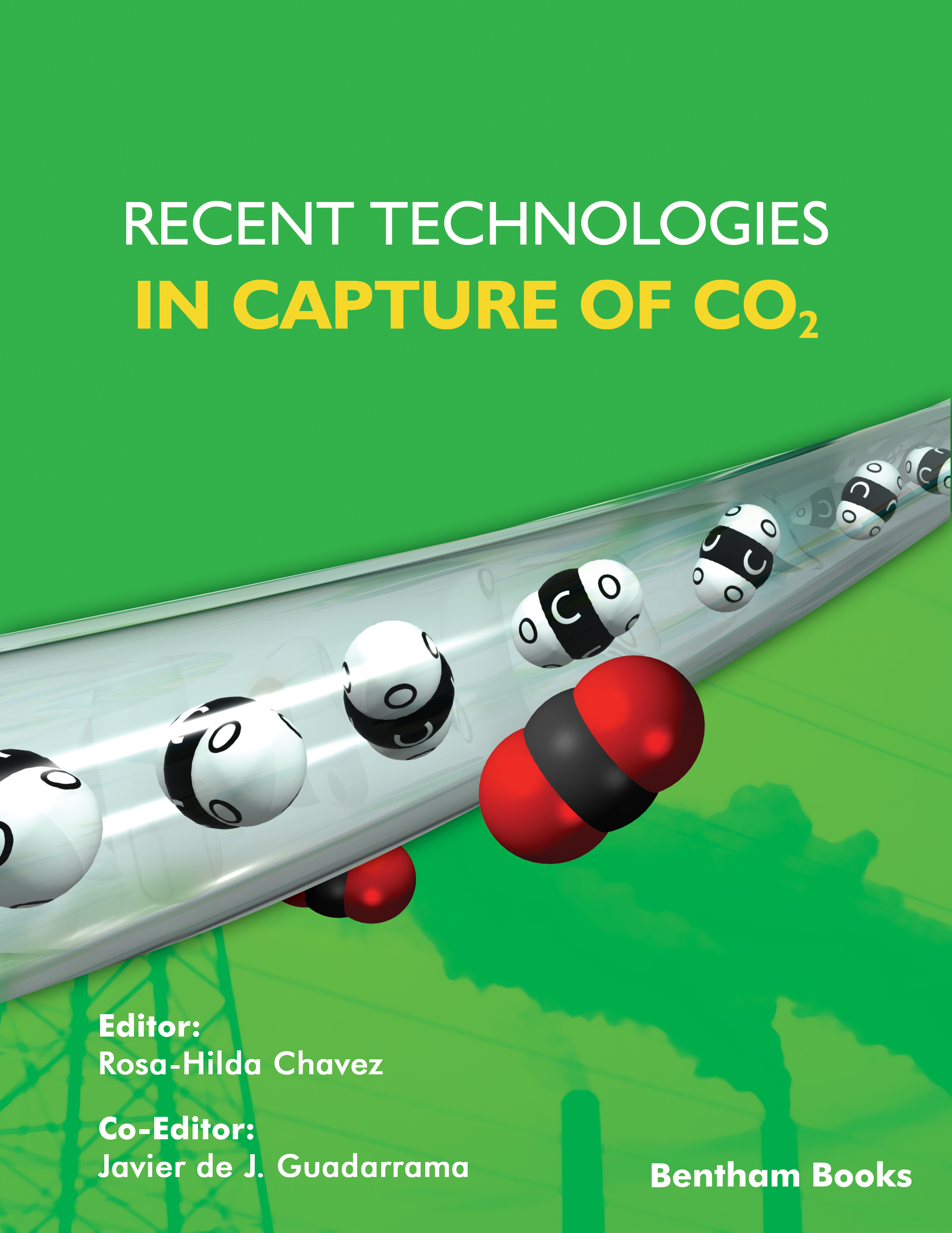Introduction
Recent Technologies in the capture of CO2 provides a comprehensive summary on the latest technologies available to minimize the emission of CO2 from large point sources like fossil-fuel power plants or industrial facilities. This ebook also covers various techniques that could be developed to reduce the amount of CO2 released into the atmosphere.
The contents of this book include chapters on oxy-fuel combustion in fluidized beds, gas separation membrane used in post-combustion capture, minimizing energy consumption in CO2 capture processes through process integration, characterization and application of structured packing for CO2 capture, calcium looping technology for CO2 capture and many more.
Recent Technologies in capture of CO2 is a valuable resource for graduate students, process engineers and administrative staff looking for real-case analysis of pilot plants. This eBook brings together the research results and professional experiences of the most renowned work groups in the CO2 capture field.

